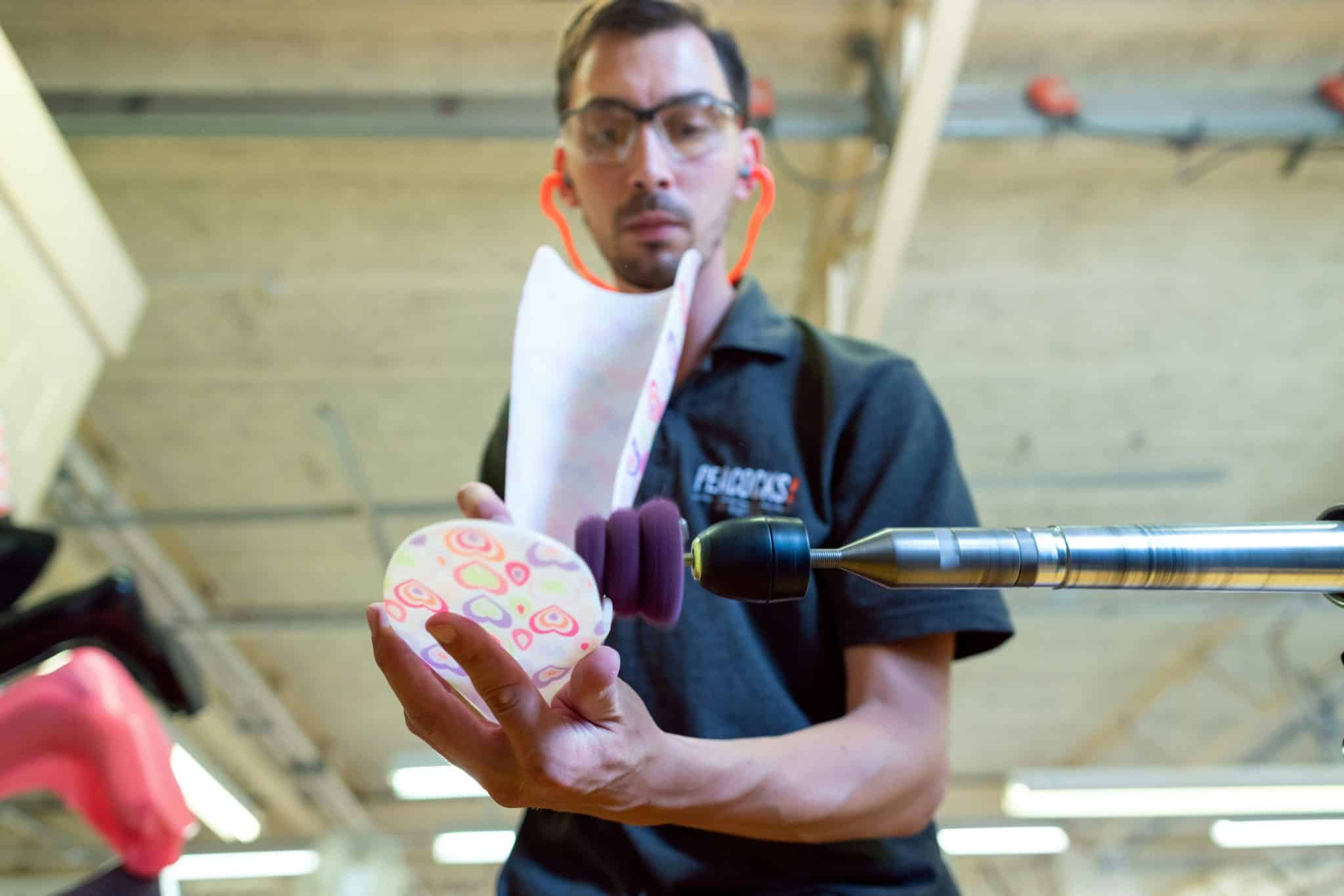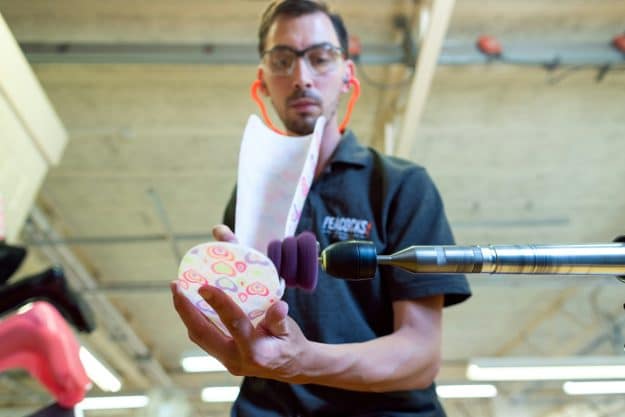How Defect Detection Tools Are Driving Manufacturing Perfection


This helps them reduce waste, save money, and speed up production. New technology has made these tools more intelligent and more accurate. From electronics to cars, manufacturers use these tools to keep production smooth and efficient.
This article explains how these tools work, why they matter, and the new technology making them even better.
Why Precision Tools Are Important
Making products with high accuracy is essential for every manufacturer. Precision tools help find flaws before products reach customers. By catching mistakes early, companies can avoid costly fixes and protect their reputation.
This also means less waste and fewer defective products. Sectors like electronics, cars, and medical devices rely on these tools to ensure safety and quality. Early problem detection helps businesses meet industry rules and deliver better products to customers.
Precision tools also support sustainability efforts by reducing waste, leading to a cleaner production process.
How Quality Control Tools Work
Advanced tools use innovative technology to spot flaws. They use methods like optical inspection, Artificial Intelligence, and machine learning. Optical inspection checks for cracks, scratches, or other visible problems.
AI tools look for flaws that are hard to see with the human eye. Machine learning lets tools “learn” from past mistakes to find flaws faster in the future. These tools are placed on production lines to check every product.
This ensures that only quality products are made for customers. Advanced tools also provide real-time feedback to operators, enabling them to make quick adjustments and reduce production errors.
New Technologies Changing Quality Standards
The latest technologies are changing how flaws are found. Companies are now using smarter systems that can detect smaller flaws with greater precision. Advanced AI tools can predict and identify potential flaws before they occur.
To achieve higher precision in inspection processes, manufacturers rely on specialized materials and testing systems that allow for accurate flaw detection. Ultra-accurate test wafers are one such resource that supports the development and calibration of inspection tools.
Semiconductor manufacturers often source high-precision test wafers from providers like silybwafers.com. These providers offer reliable test wafers that help fine-tune inspection tools, enhance production accuracy, and improve overall manufacturing efficiency.
These wafers support production by providing a controlled testing environment, helping to fine-tune inspection tools. Such innovations have raised the standards for quality control in key industries like semiconductors, electronics, and more.
Benefits of Modern Tools for Efficiency and Cost
Advanced tools help companies save money and time. Finding flaws early means less rework and fewer delays. Companies use smart tools to speed up production and reduce waste. Modern tools can detect flaws without stopping production, keeping lines running smoothly.
This efficiency boosts production rates and ensures timely delivery of products. Companies also save money by reducing errors and increasing the speed of production. Over time, these savings lead to higher profits and better use of resources. Automated tools also reduce the need for manual inspections, freeing up workers for more valuable tasks.
How Smart Factories Are Changing Production
Smart factories use advanced tools to make production faster and better. Automation and real-time tracking have changed the way companies check for flaws. AI and machine learning help spot flaws as they happen, and connected sensors track every step of production. If a flaw is found, the system alerts workers to fix it right away.
Industry 4.0 is all about using smart tools to connect and control production. Advanced tools help factories work more smoothly, reduce downtime, and improve accuracy. This means better production and higher-quality products. Real-time data analytics from connected devices allow managers to track production progress and spot inefficiencies quickly.
What’s Next for Quality Control
The future of quality control looks exciting. New technology will make it easier to spot flaws even earlier. AI and machine learning will continue to improve at finding hidden flaws. As production becomes more complex, manufacturers will need more advanced tools.
Companies are now working on better testing materials and smarter inspection equipment. These tools will help businesses improve their production systems, reduce waste, and produce higher-quality products.
Edge computing is expected to play a key role, allowing inspection tools to process data faster and more accurately. With better technology, companies will be ready to meet the growing demand for reliable, high-quality goods.
Conclusion
Advanced tools are a key part of modern manufacturing. They help companies improve quality, reduce costs, and make production faster. With smarter technology like AI, machine learning, and automation, companies will be able to make even better products. Businesses that use these tools will stay ahead in the market and deliver better products to customers. As the need for precision grows, advanced tools will remain essential for creating products people trust. Continuous technological advancements will further drive production quality, making it easier for companies to meet growing customer expectations.









